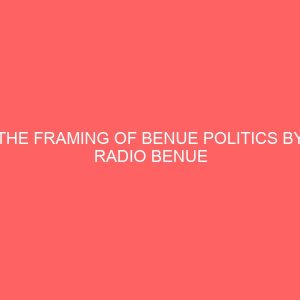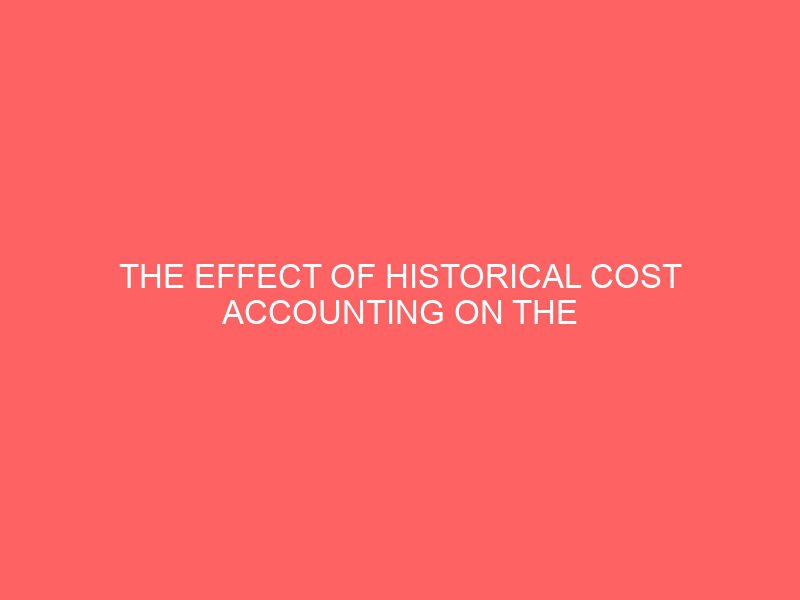Description
This study evaluates the effect of historical cost accounting on the reported profit of a company: An evaluation of current cost accounting as an alternative reporting method. In a high – inflationary and distorted economy like Nigeria with high uncertainties, the conventional historical cost method of profit reporting has misled many companies into liquidation since it has been found inadequate in accounting for the uncertainties. The persistent nature of this phenomenon has called for a fair and suitable reporting method of profits in times like this. The profits retained by the company are affected by costs and appropriations of income. A higher cost will leave little income for appropriation and to be retained in the company. The amount of profit will depend on the reported method in operation. The historical cost method makes low depreciation to be charged while leaving high profit for tax and dividends payments. In the light of the above, the objectives of the study were to determine the nature of relationship between historical cost methods and reported profits of manufacturing companies in Nigeria, ascertain the extent to which current cost method affects the overstated profits made by manufacturing companies in Nigeria and to determine how current cost accounting can be used to remedy the inherent deficiencies in the historical cost methods. An ex post facto research design was adopted in this study. The population of the study comprises forty-eight ( 48) manufacturing companies in Nigeria under 24 industrial classifications. Financial statements of these companies are published annually for public consumption. But due to time lag, ten(10) manufacturing companies quoted in the first tier securities market were randomly selected . Secondary sources of data were used in the study. The data were obtained from the statistical bulletin of the Central Bank of Nigeria and Annual Reports of the Nigerian Stock Exchange. Depreciation charge served as the independent variables while Profits of the firm served as the dependent variables and were used to measure the profitability, capital adequacy ratio and improvement of shareholders` equity in the selected sampled manufacturing companies. The Pearson Product Moment Correlation Coefficient was employed to test the hypotheses one while Chi-Square were employed to test the hypotheses two and three. These were done at the alpha level of 5% with the aid of the SPSS 17.0 statistical software. The results of the study discovered that there is a positive significant relationship between historical cost method and the reported profits of companies in Nigeria , Current cost methods does not significantly affects the overstated profits made by these companies and the study recommended that: there should appropriate decision for current cost accounting method to be adopted so as to improve their capital maintenance level, and there should be further research on the causes of further research on the effect on historical cost accounting on the reported profits of companies in Nigeria.








Reviews
There are no reviews yet.